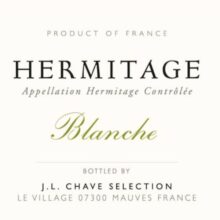
Product information
Domaine Jean-Louis Chave Selection Hermitage Blanche 2019
White Blend from Rhône Valley, Northern Rhône, Hermitage, France
$189
Description
Erin Cannon-Chave and Jean-Louis Chave’s semi-négociant operation produces the Selection range outside the wines of the family estate. The Selection Hermitage Blanche at a fraction of the price of the estate L’Hermitage Blanc is a hip-pocket friendly intro to just how good whites from the Northern Rhône can be.
A blend of Marsanne & Roussane. I couldn’t find any reviews. Historically this wine has been strong and moving on an upward quality trend.
Just as his reds explores next level sophistication in texture, complexity and harmony so does his whites. The whites some how end up always being the bridesmade, yet they offer a divine experience. I had my first L’Hermitage Blanc in 1997 purchased from the famed Prevelly Caravan Park in Margaret River for about $70. A stunning wine, it just draws you in.
In stock








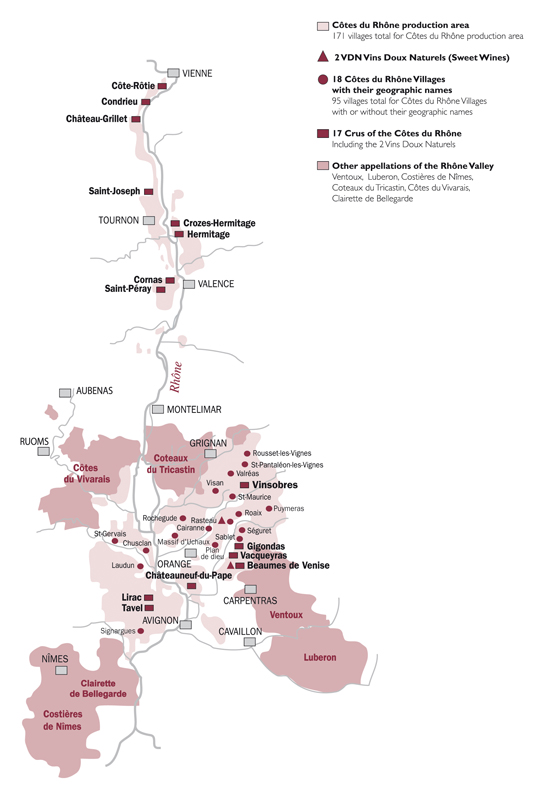
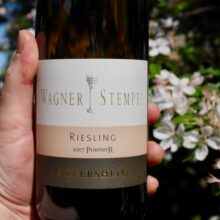
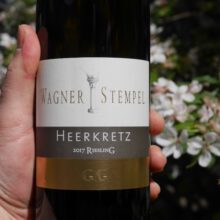

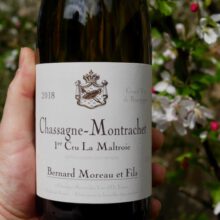
You must be logged in to post a comment.